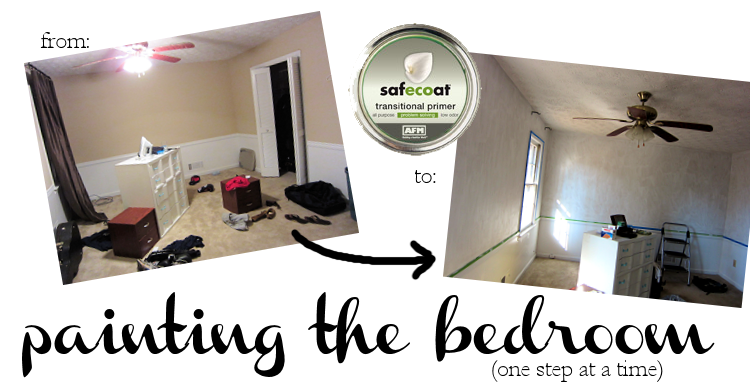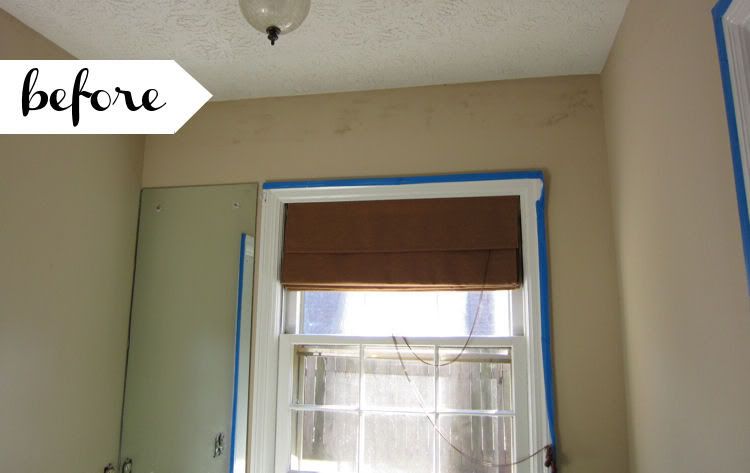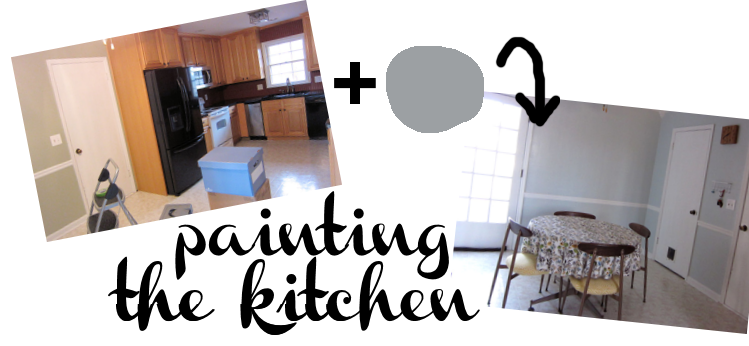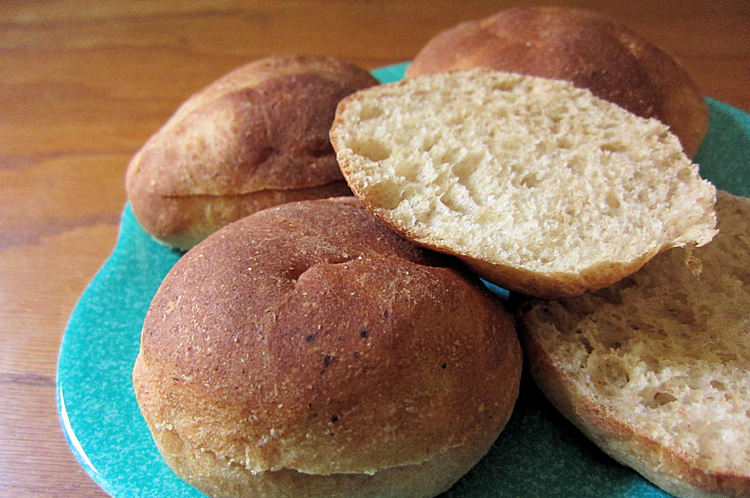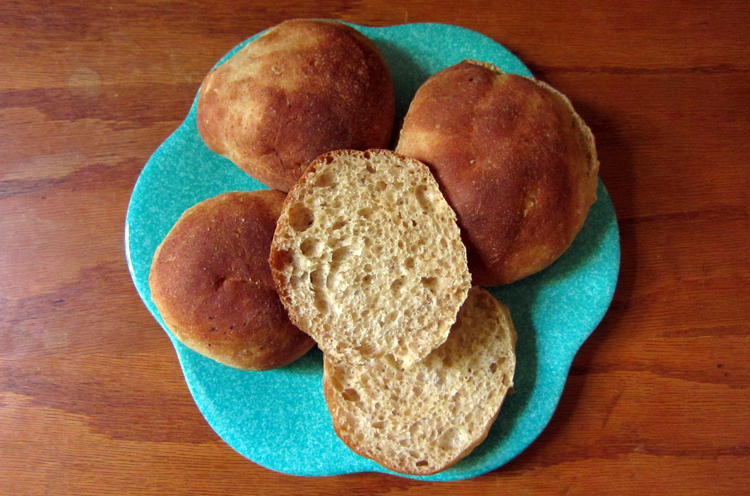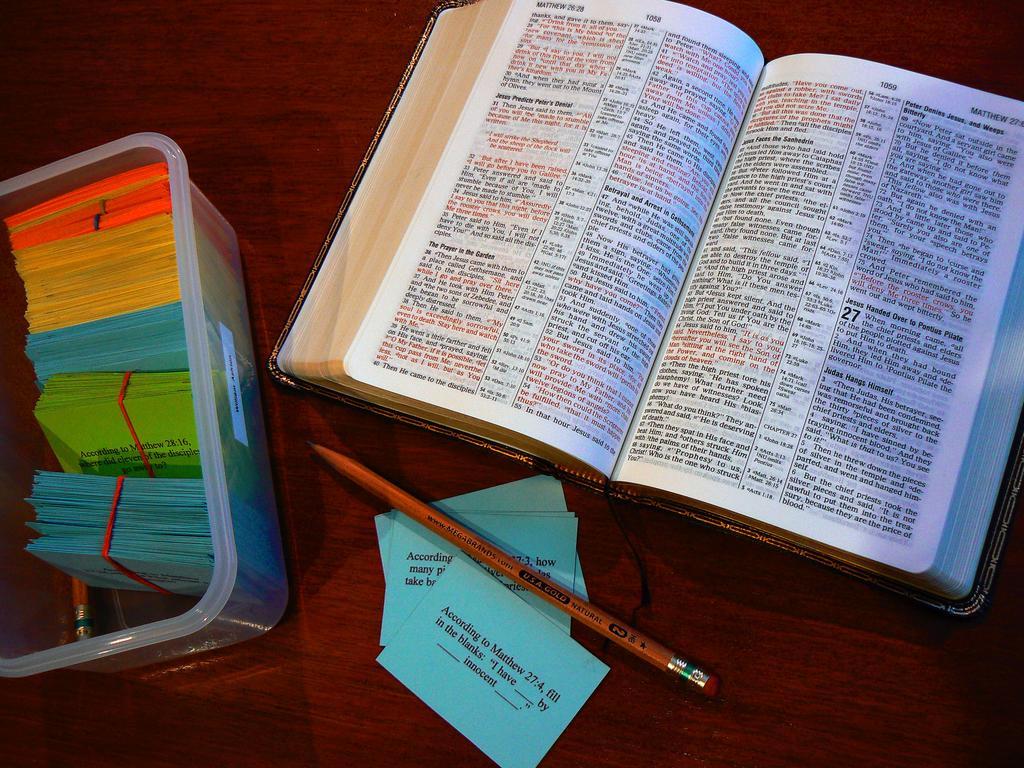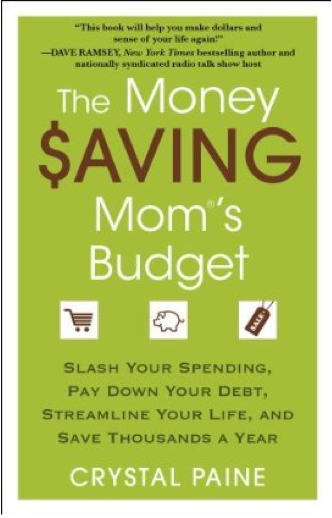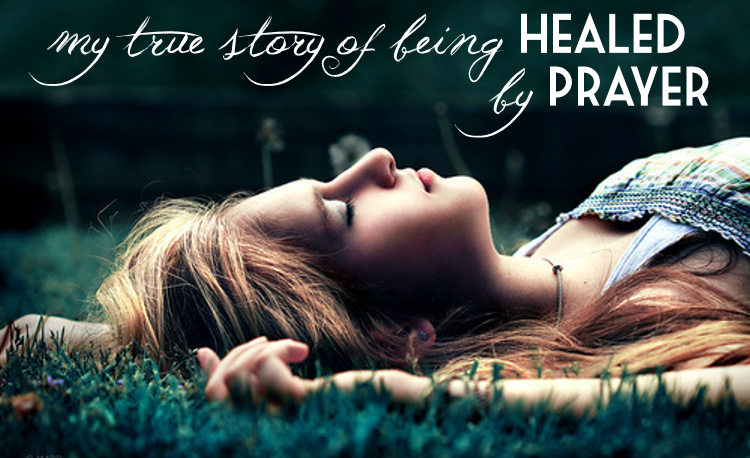
Yesterday, I shared the first part of my story about how God has healed me of my psoriasis through prayer. (Click here to read Part 1 of my story of healing.)
Here's what happened next...
For three years, I was healed of the pain, the itching, the lost hair.
But then, a couple of months ago, I started noticing the itching returning, the hairs gathering on the shower drain. I prayed and prayed for myself, but to no avail. So then I told my husband about it and asked him to pray for me. He did, and it stopped once again.
I told him the good news but then, a few days later, it started again. I had the feeling that this was a story that God did not want to go silent. I had the feeling that this was a means for me to be bold in asking for prayer—and a testimony to others.
So I went to my community group at church and asked them to pray, telling them about the two previous bouts of being healed.
They prayed for me. And then, like both times before, by the following day, all was well and I could again claim being healed.
It was enough to make me wonder, “Why?”
Why can I pray for myself to no avail, but the moment I let go of my pride, open myself to vulnerability and ask others to join me in prayer, does that prayer get answered? Why does it get answered so immediately, when others’ prayers don’t?
I don’t have all those answers. But I do know that I feel like in my instance, it’s an opportunity that God has used and wants to use to proclaim his name over everything, over people like me, over situations like mine, over the complete ordinary events in life—even a scalp that itches.
I feel like it’s an opportunity for me to continue to let go of my pride and open myself to vulnerability to tell others what God hath done for me, and that though it might look very different in your own life, it’s what he wants to do for you, too. It may not be a physical healing, but maybe emotional or relational. Maybe it’s neither of those, either. But what it most certainly is, is a spiritual healing that transforms hearts and minds and souls to a goodness and a peace never otherwise understood.
Jesus spent so much of his ministry healing brokenness, particularly of the physical variety. In one notable instance, he heals ten lepers. Yet, only one of the healed men (who also happened to be a Samaritan) returns to thank Jesus. “'Didn’t I heal ten men?'” Jesus asks. “'Where are the other nine? Does only this foreigner return to give glory to God?' And Jesus said to the man, 'Stand up and go. Your faith has made you well.'” (Luke 17:17-19)
I may not know why it all happened, but I know that it did. And I know that I do not want to be like one of the nine who took the healing without giving glory to the One who healed them.
No, I will give glory to my God who healed me: Praise God, I’m healed!
Related Posts
Amy's Testimony: Beyond the Physical Healing
The encouraging testimonies of answered prayers
{ photo source }




